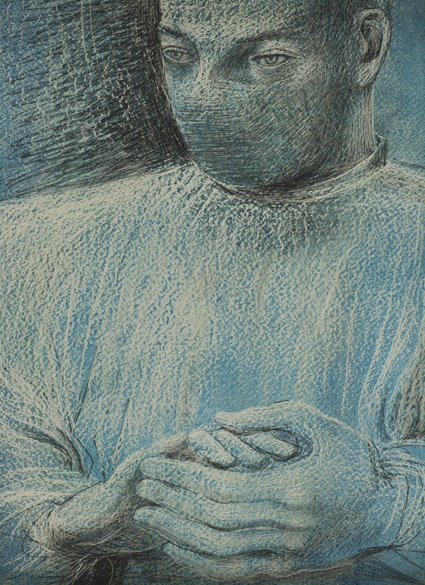
YORK Art Gallery is inviting you to choose the paintings you love and have missed the most during lockdown to feature in a new exhibition from August 20.
From Barbara Hepworth to Henri Fantin-Latour, Paul Nash to Bridget Riley, Your Art Gallery – Paintings Chosen By You will showcase a selection of works from the Exhibition Square gallery’s rich collection of paintings, voted for by the public, alongside further works chosen through Twitter polls.
There will be an opportunity too to write short labels for the painting you like the most, with the favourite responses being printed and displayed next to the work itself.
To choose your favourite works, visit yorkartgallery.org.uk and click on the Your Art Gallery – Paintings Chosen By You page. You can then rate the paintings from one to five stars, and those that prove the most popular will be included in the show. The deadline to make your choices is next Wednesday, July 29.
The Twitter polls are up and running already, beginning on Monday (July 20) and ending today (July 24). Each day, two paintings are pitched into battle against each other from 5pm for you to make your choice.
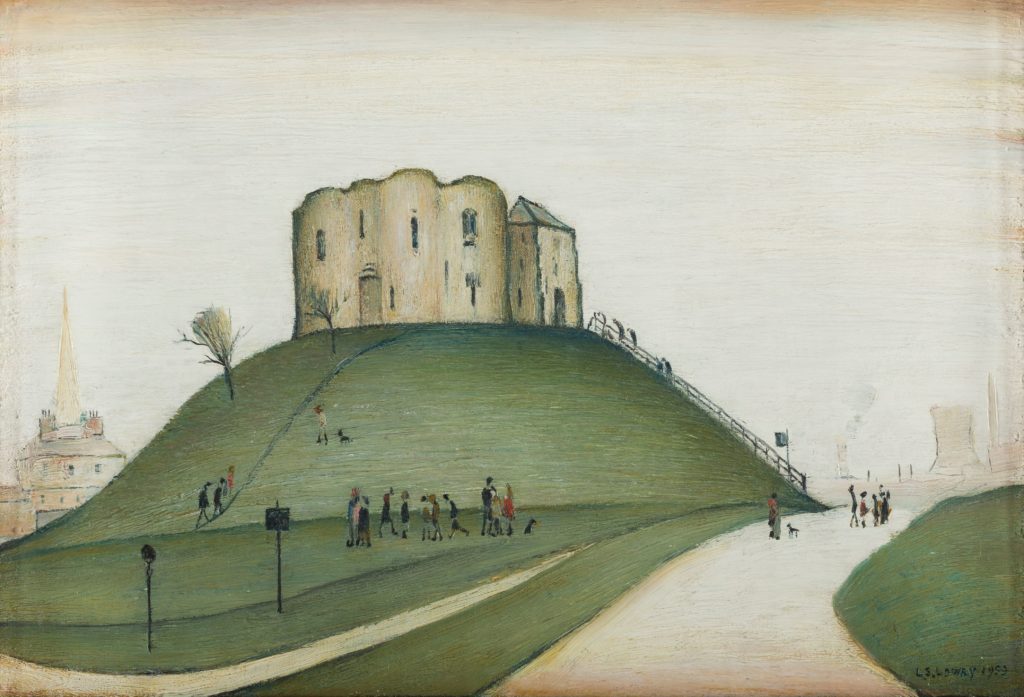
Senior curator Dr Beatrice Bertram says: “We’re really excited to be re-opening our galleries and welcoming people back to come and see the wonderful art in our collections.
“We thought what better way to re-open than by giving our audiences the opportunity to choose the paintings they want to see. We hope as many people as possible will vote for their favourites through the online survey or the Twitter polls and also write a few words about one specific work, telling us why it means so much to them.
“We can’t wait to see which choices you make in what will be a truly fascinating exhibition of work curated by you.”
The online vote will involve 20 of the “most famous and popular works from the gallery’s permanent collection”, but none of them on display prior to lockdown, from L S Lowry to David Hockney; William Etty to fellow York artist Albert Moore.
The ten most popular works from the poll will feature in the show, with accompanying labels written by voters. The winners will be announced online on July 30.
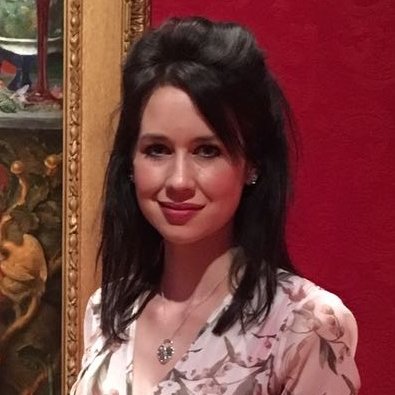
These works and the Twitter top five will be shown alongside five paintings chosen by the Friends of York Art Gallery from ten works, as well as a new John Atkinson Grimshaw acquisition and curators’ favourites.
Several entries by the gallery into York Museums Trust’s Curator Battles on Twitter, run throughout lockdown, also will be included.
A second show will open on August 20 too, Views of York & Yorkshire, curated by Dr Bertram for the central Madsen Gallery.
Much-loved paintings and works on paper depicting York and the surrounding countryside will go on show. L S Lowry’s Clifford’s Tower, William Etty’s Monk Bar, York, William Marlow’s The Old Ouse Bridge and Michael Angelo Rooker’s Layerthorpe Postern, York, present contrasting views of the heart of the city.
Ethel Walker’s Robin Hood’s Bay In Winter, J M W Turner’s The Dormitory and Transept of Fountains Abbey – Evening and Joseph Alfred Terry’s Underhill Farm, Sleights, capture picturesque rural and coastal scenes beyond the city walls.
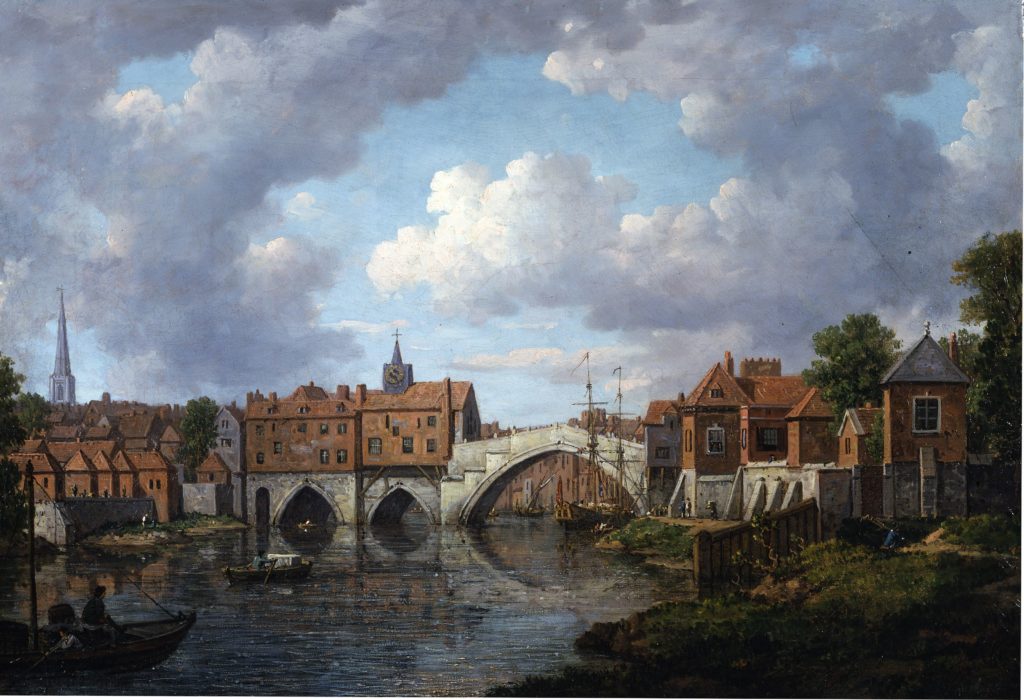
The Friends of York Art Gallery have provided the funding for the conservation of prints of York Minster dating from the first half of the 19th century, now to be displayed for the first time, revealing shifting perspectives of the cathedral.
Look out, too, for a new acquisition, Rievaulx Abbey by Yorkshire-born artist Anthony Vandyke Copley Fielding. “We acquired it last year and have been waiting for the perfect opportunity to display it,” says Beatrice.
“The city of York and the beautiful coast and countryside beyond have long been a source of inspiration for artists,” she adds. “We wanted to mark our re-opening with an exhibition of some of our most famous topographical scenes, such as L.S. Lowry’s striking painting of Clifford’s Tower, which York Art Gallery commissioned for the Evelyn Award in 1952.
“Thanks to the Friends of York Art Gallery, we’re able to showcase a selection of characterful watercolours and prints by artists including John Varley, Thomas Rowlandson and Thomas Shotter Boys, which illustrate York Minster and its environs during the first half of the 19th century.
“Collectively, the artworks featured in the show paint a picture of the city and its locale from 1758 to the present day – peaceful vistas which have an enduring resonance during these turbulent, challenging times.”

Beatrice stresses: “We may have been closed but the work here hasn’t stopped, and we saw these two exhibitions as an opportunity to think about the past, present and future of collecting.
“We did have to look at our programming for when we would re-open as there were shows that were due to go ahead, such as Bloom [for the York flower festival], that had to be cancelled, and due to the complexity of so many loans, we couldn’t seek to extend the run of Harland Miller’s very successful York, So Good They Named It Once show.
“The good news is that Bi-, his 2017 work from that show, will continue to be shown, in the Burton Gallery, and we’ll have some Harland Miller retail available, which we’ll be deciding by August 1.”
The Gillian Lowndes: At The Edge exhibition will resume in the Centre of Ceramic Art, where the run of the Children Curate show in the Anthony Shaw Space is being extended too. The Aesthetica Art Prize show will remain in situ until next spring in the Upper North Gallery.
Grayson Perry: The Pre-Therapy Years should have been the ceramics highlight of the CoCA summer, but the June 12 to September 20 run was crocked by Covid’s intervention.
“We’re still hoping to host that exhibition down the line, with further details to come,” promises Beatrice.
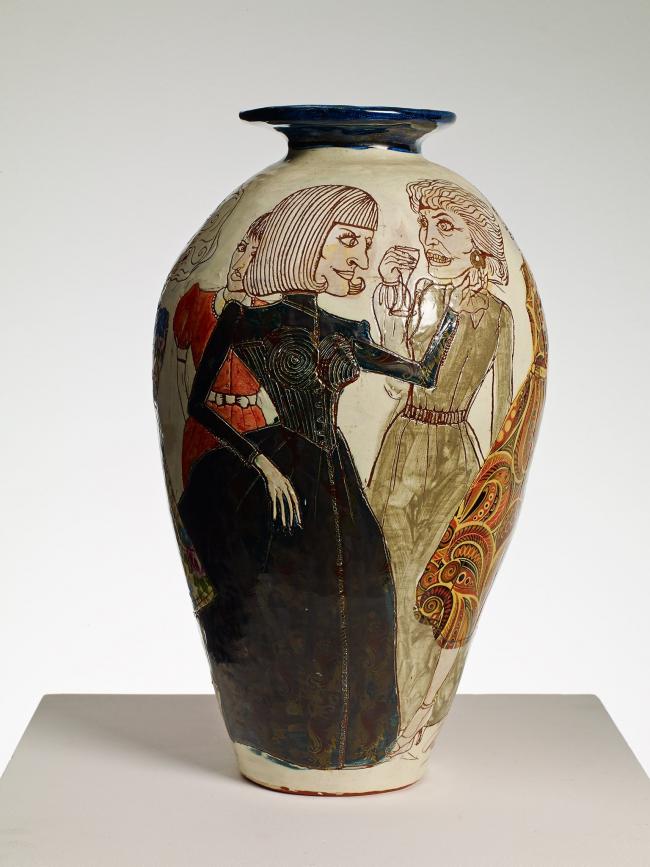
The Pre-Therapy Years brings together 70 Perry early works made between 1982 and 1994, now re-united through a “crowd-sourced” public appeal that will put these “lost pots” on display for the first time since they were made. Themes to be found in his later work – fetishism, gender, class, his home county of Essex and the vagaries of the art world – appear in these nascent pieces, suffused with kinetic energy.
For more information on the new displays and how to visit, with booking required, go to yorkartgallery.org.uk.
The 20 works that must be whittled down to ten in the public vote:
Barbara Hepworth, Surgeon Waiting, 1948, oil and graphite on paper
Albert Joseph Moore, A Venus, 1869, oil on canvas
Richard Jack, The Return To The Front, Victoria Railway Station, 1916, oil on canvas
Spencer Gore, The Balcony At The Alhambra, 1911-1912, oil on canvas
Paul Nash, Winter Sea, 1925-1937, oil on canvas
Bridget Riley, Study 4 for Painting With Two Verticals, 2004, watercolour
Stanley Spencer, The Deposition and Rolling Away Of The Stone, 1956, oil on canvas
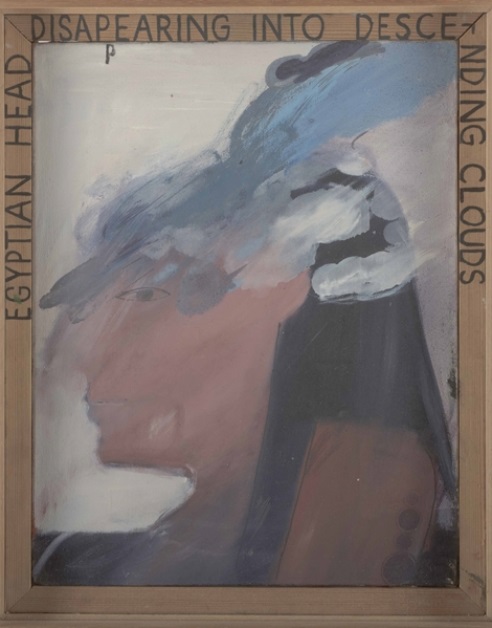
Barbara McKenzie-Smith, The Bird Cage, unknown date, oil on canvas
Giovanni Antonio Burrini, Diana And Endymion, 1681-1691, oil on canvas
Alfred Walter Bayes, Day Dreams, 1902-1903, oil on canvas
Henry Scott Tuke, The Misses Santley, 1880, oil on canvas
Paul Maitland, Cheyne Walk In Sunshine, 1887-1888, oil on canvas
David Bomberg, The Bath, 1922, oil on canvas
L S Lowry, The Bandstand, Peel Park, Salford, 1931, oil on canvas
Bernardo Cavallino, St Agatha, 1635-1645, oil on canvas
Henri Fantin-Latour, White Roses, 1875, oil on canvas
David Hockney, Egyptian Head Disappearing Into Descending Clouds, 1961, oil on canvas
Harold Gilman, Beechwood Gloucestershire, 1914-1919, oil on canvas
William Etty, Venus And Cupid, c.1830, oil on canvas
Eugene-Gabriel Isabey, Boat In A Storm, 1851-1857, oil on canvas
